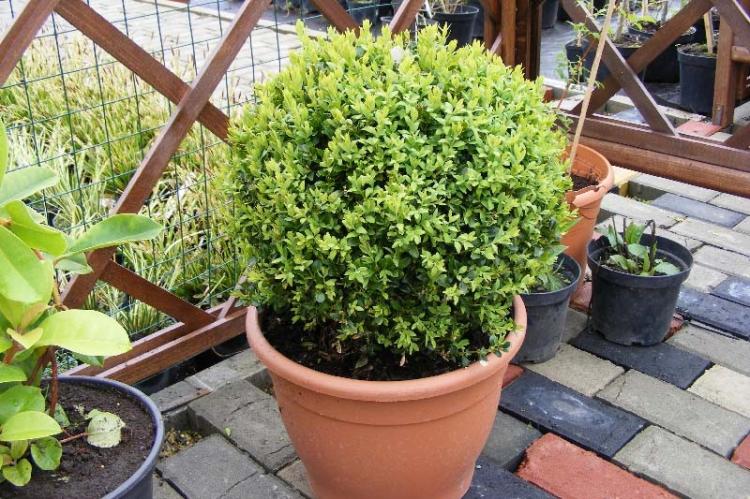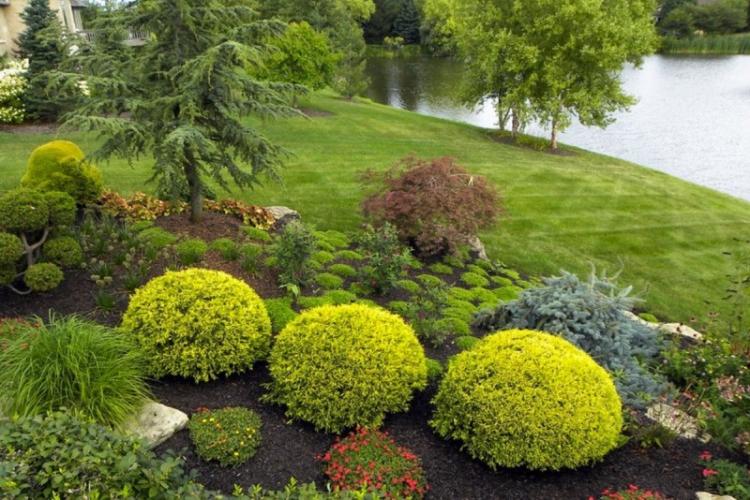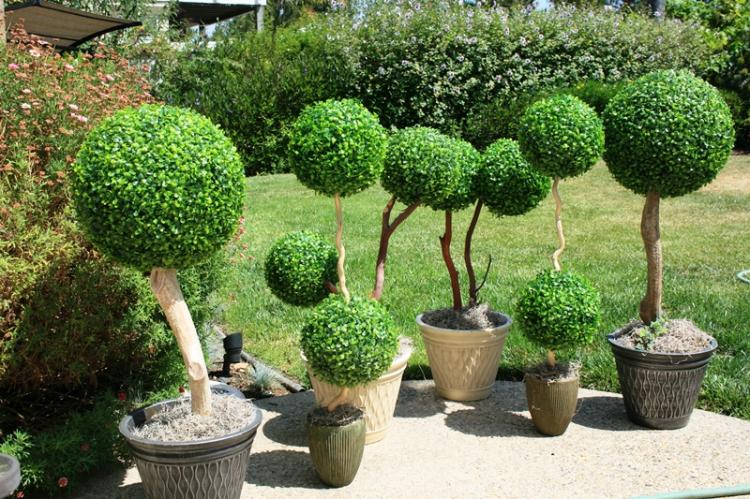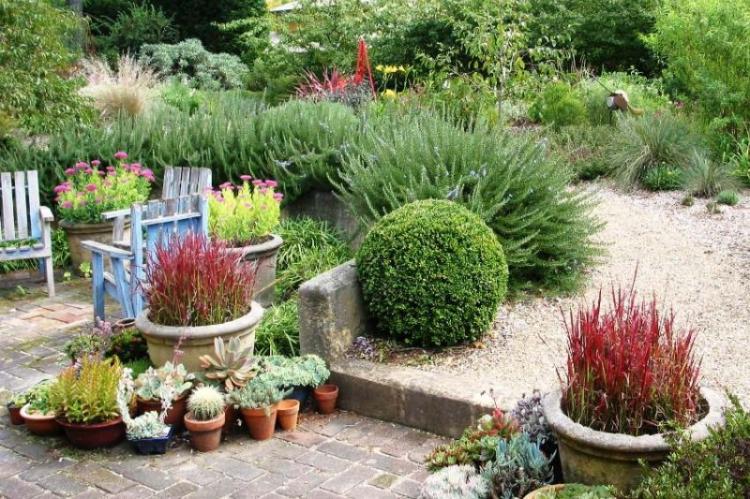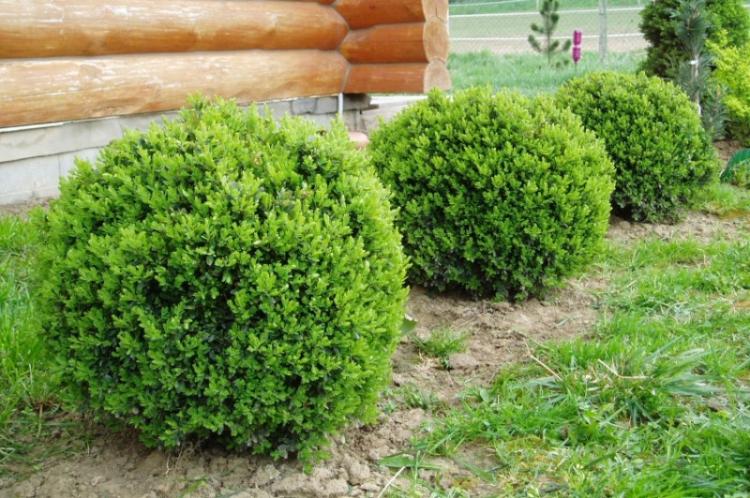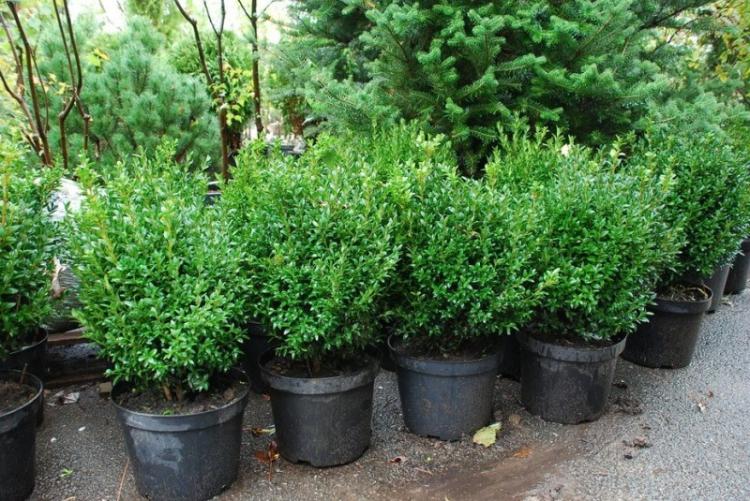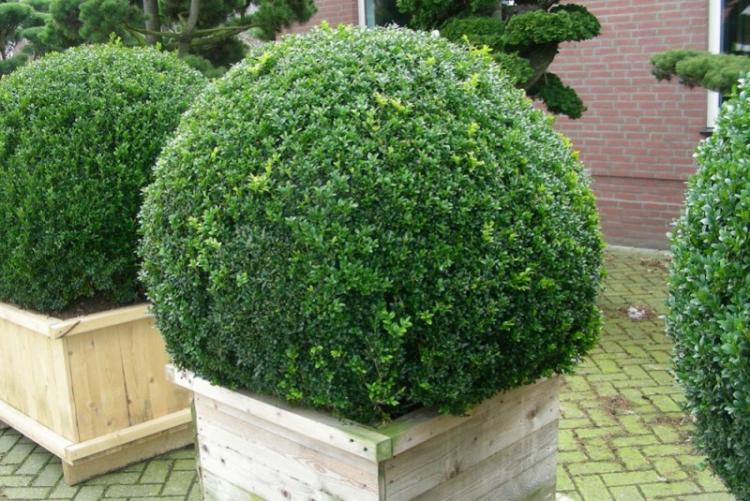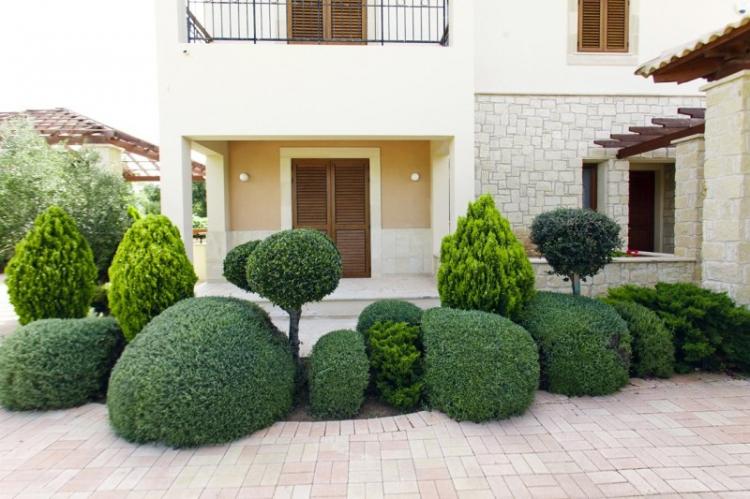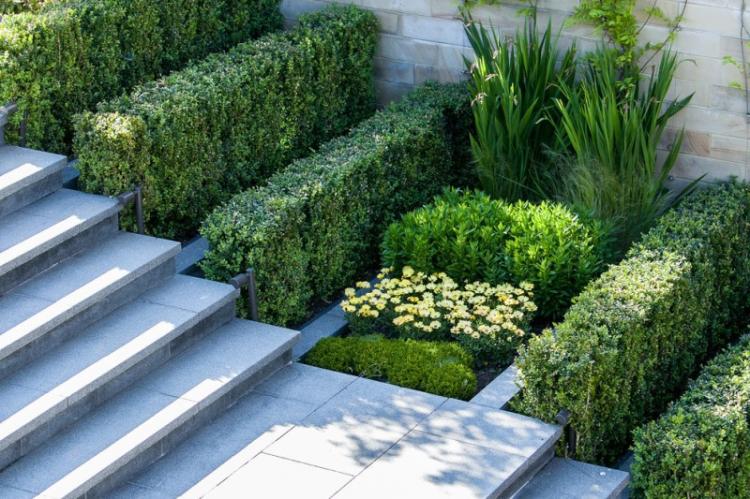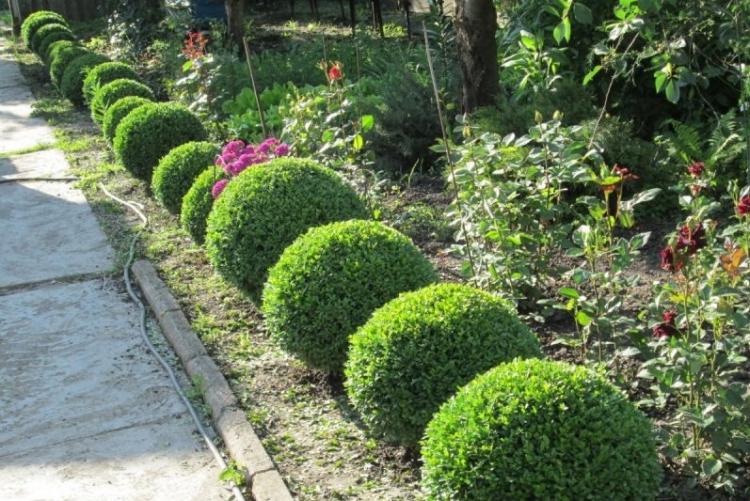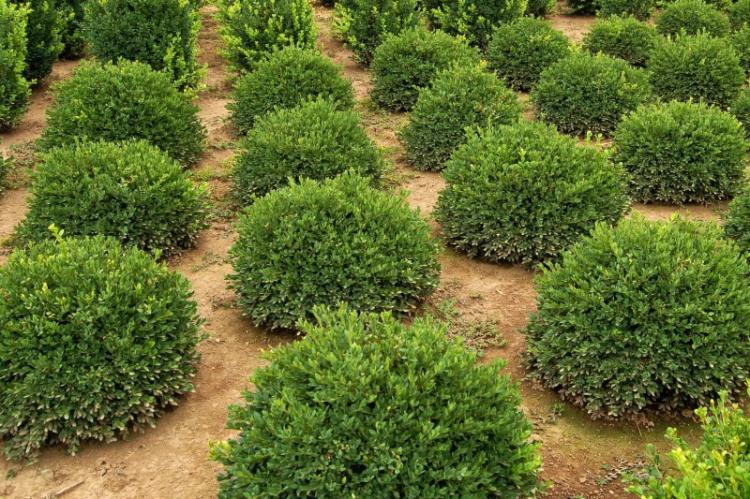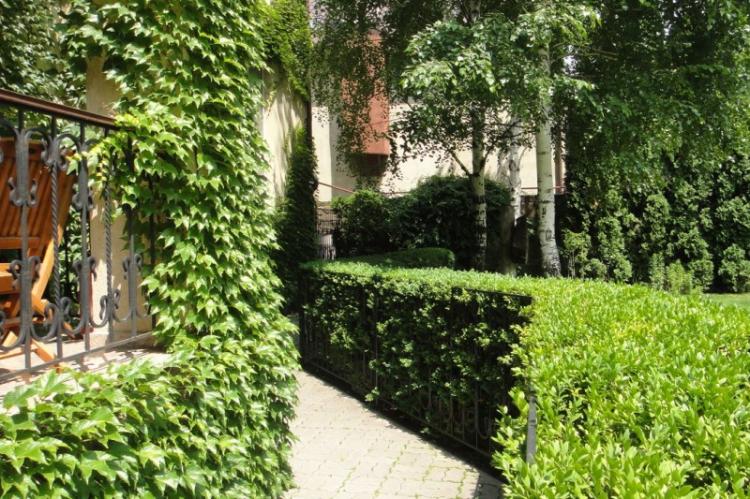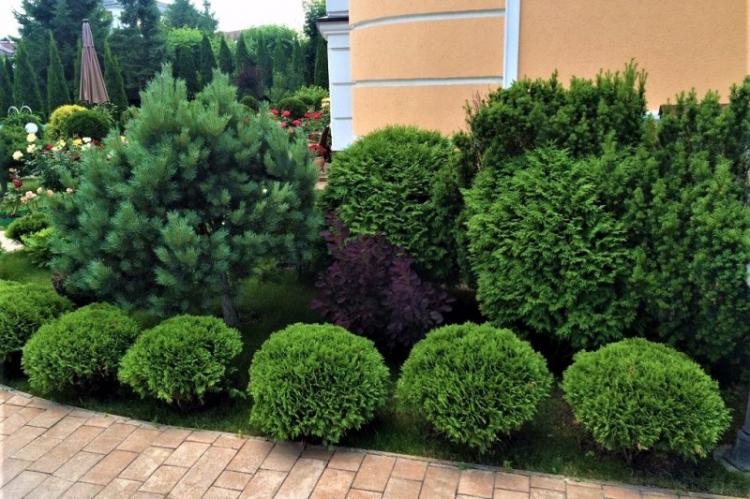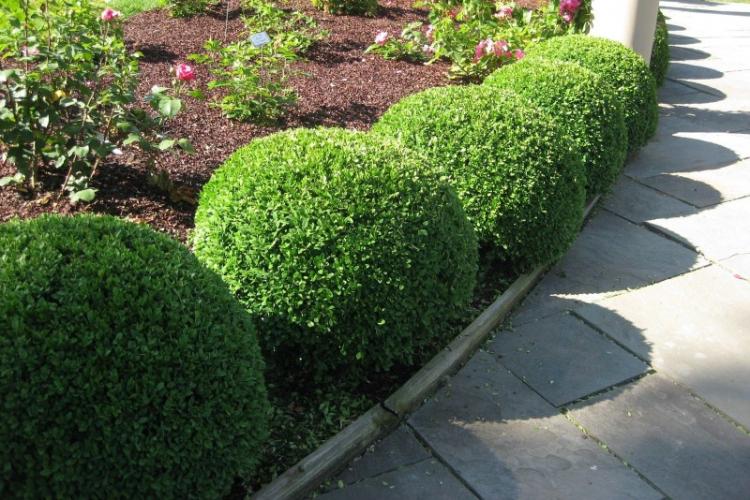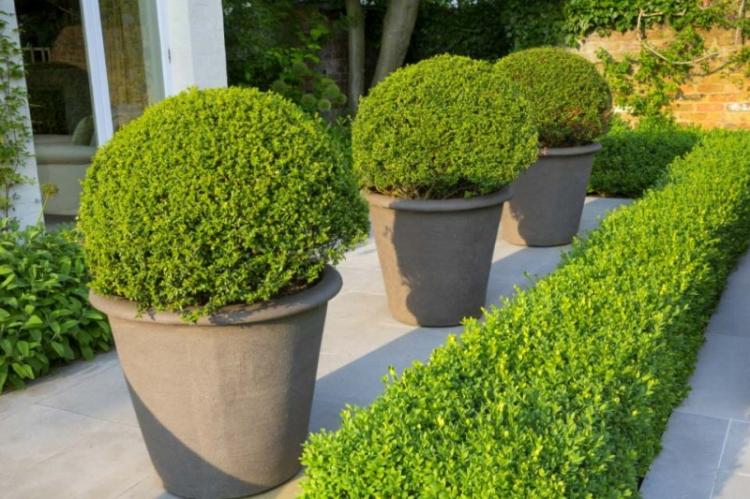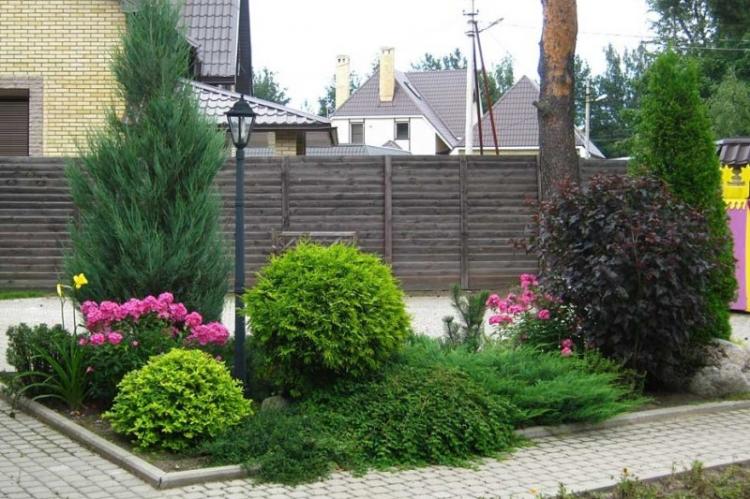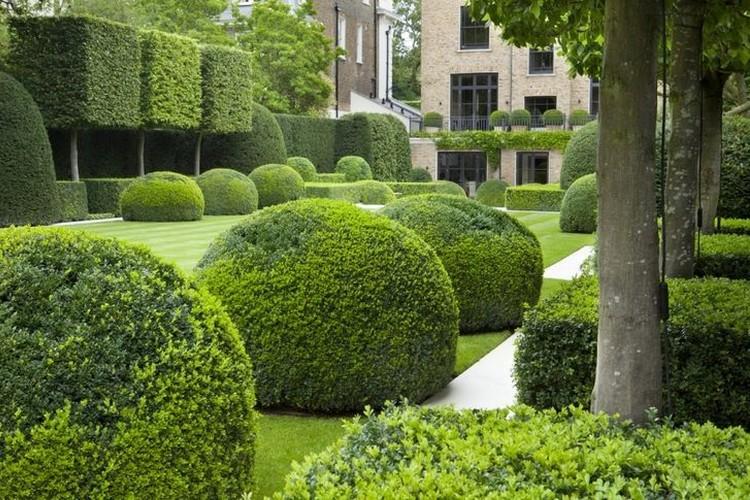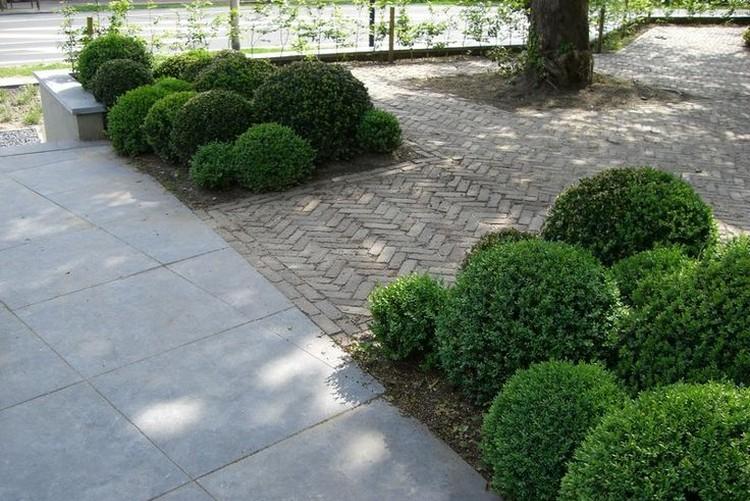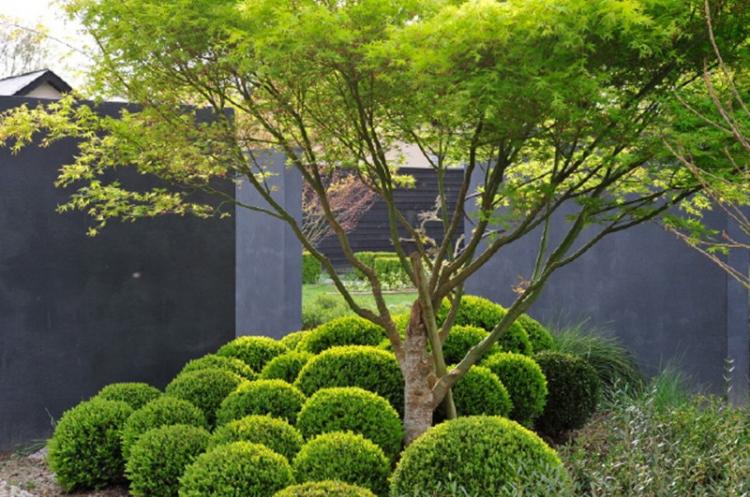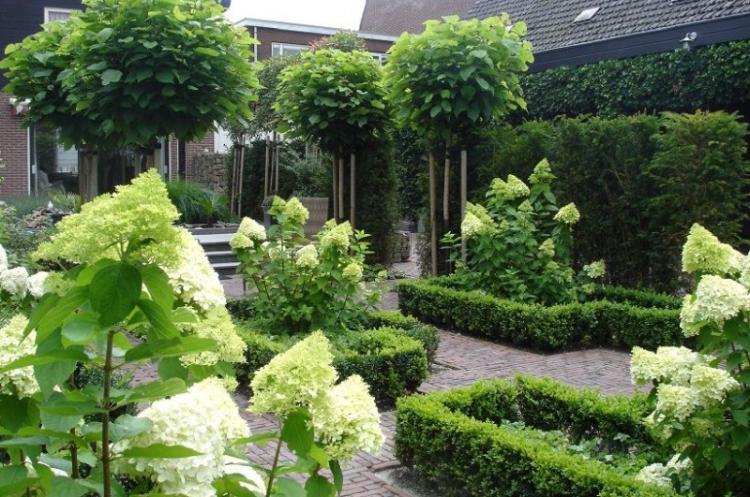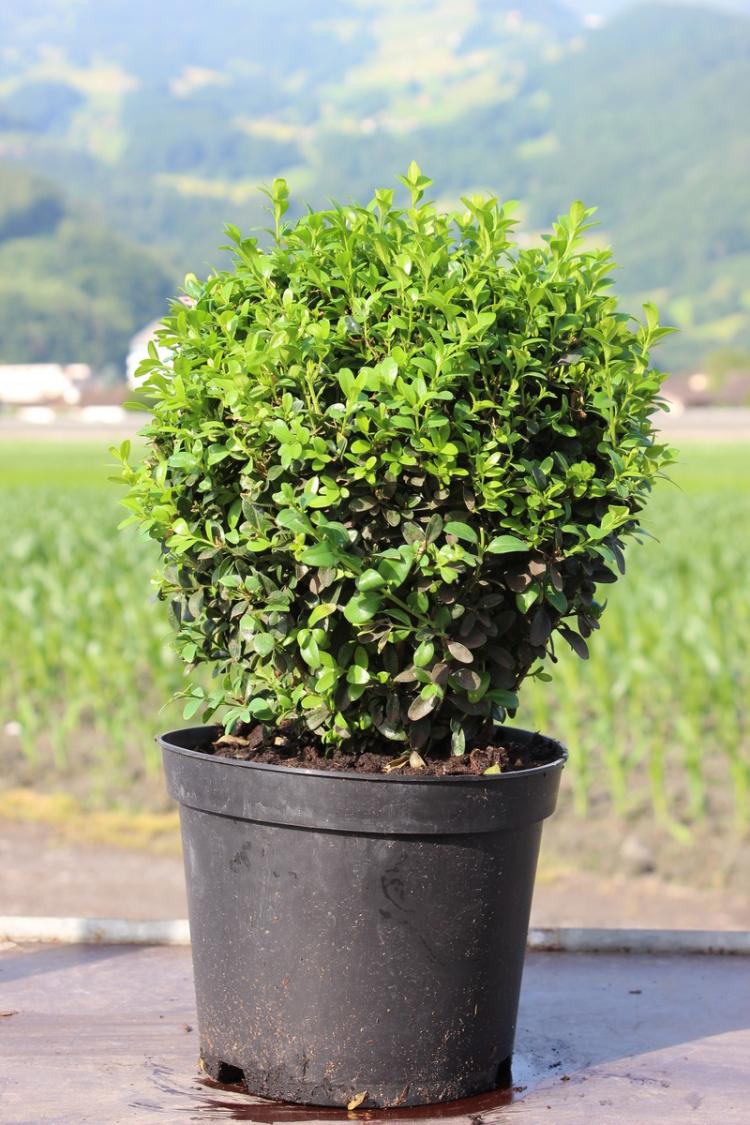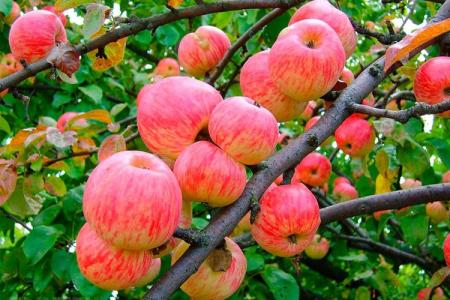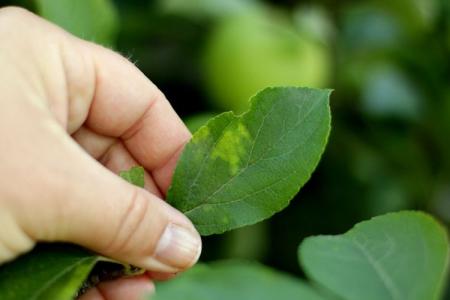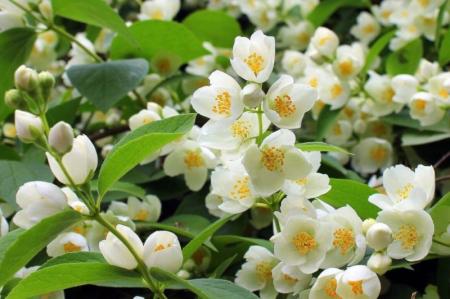
Unpretentious decorative boxwood is a godsend for those who like to decorate their garden with beautiful and dense shrubs. The evergreen crown is easy to mold, is not afraid of frost and easily tolerates wintering in our climatic regions. Boxwood is equally good for single planting, framing borders and flower beds, creating hedges. And we will tell you what it is like and how to care for it!
general characteristics
The evergreen boxwood or buxus belongs to the family of the same name, native to the east of Asia and the Mediterranean. In Europe, it was instantly appreciated by designers and decorators, and some varieties can be grown in flowerpots and even decorative bonsai compositions. The crown of the boxwood grows for a long time, but it turns out to be elastic and lush.
Thin shoots harden and stiffen over the years as the boxwood grows, but still remain graceful. Its small, rounded leaves with a shiny glossy surface firmly adhere to short, sturdy petioles. The plates are smooth and solid, not dissected, but in some varieties they are slightly elongated.

Different varieties of boxwood differ in size: from compact dwarf to tall and spreading shrubs up to several meters in height. But keep in mind that it will take years for lush seedlings, because the average growth of boxwood is about 60 mm per year.
With the onset of spring, the decorative boxwood blooms and is completely covered with fragrant small paniculate inflorescences. By the end of the season, they form fruit-boxes, in which elongated seeds are hidden.
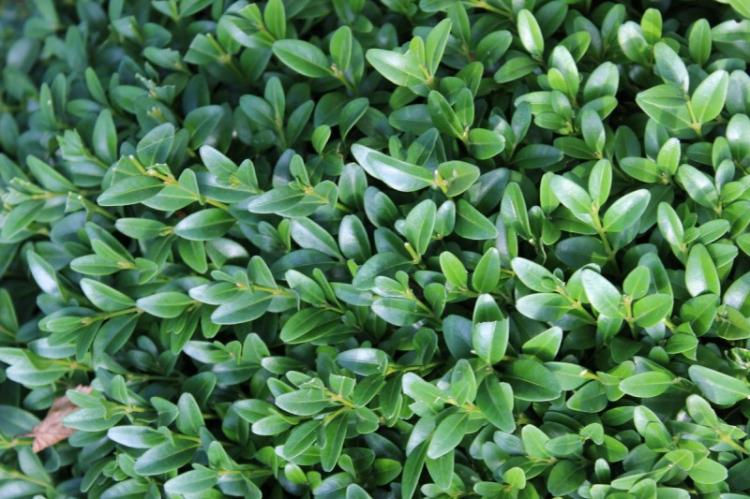
Types of boxwood
In nature, there are hundreds of boxwood species, but only a few dozen of them are used in landscape design. All of them are decorative and unpretentious, but be sure to find out about the features of your variety before planting.
Boxwood evergreen
In fact, this is the head variety of the entire family, which came to us from the Mediterranean and Caucasian regions. It is rather a powerful branched tree than an ornamental shrub, and it grows up to several meters.
Keep in mind that evergreen boxwood is one of the most thermophilic, so it hibernates heavily in cold latitudes. Straight, powerful branches are covered with small glossy leaves with a matte yellowish underside. Pale green small flowers cover the bush densely during the flowering season.
Among the evergreen box trees, there are also compact decorative varieties. For example, for medium-sized hedges, Suffruticosa with smooth ovoid leaves is suitable. And for neat decorative balls - a miniature Elegance with thin shoots and edged foliage.
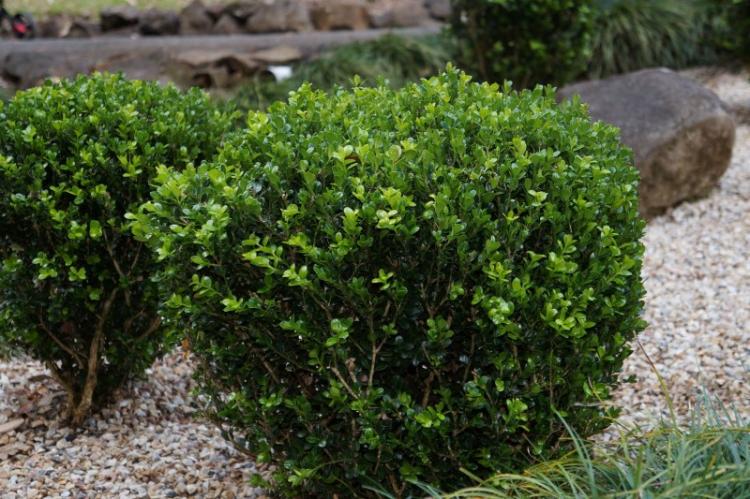
Garland boxwood
A miniature and graceful variety used to create indoor and garden bonsai compositions. Its leaves are among the smallest, and due to the long growth, the proportions of the decoration are not disturbed for years.

Balearic boxwood
It is a western variety native to the Balearic Islands, southern Spain and Portugal. It is also found in some regions of Morocco and in the Atlas Mountains. It is notable for the largest leaf plates up to 3-4 cm, it grows quickly, but it loves warmth and does not tolerate winters well.
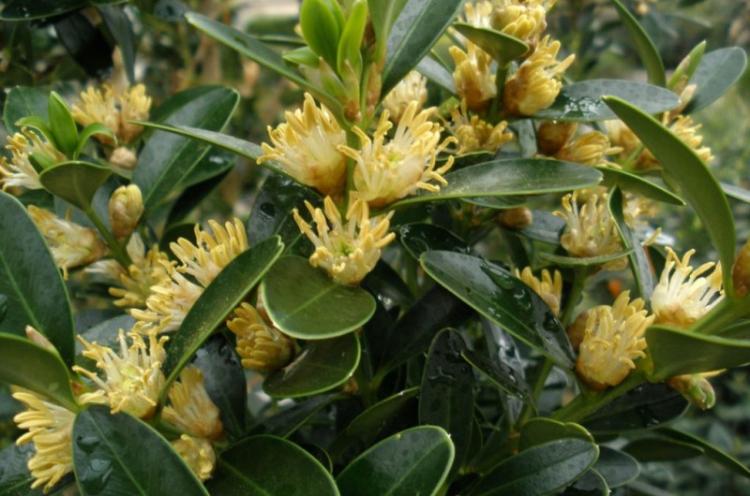
Small-leaved boxwood
Unlike their southern counterparts, the eastern shrub from Japan and China is better resistant to low temperatures. It easily grows up to 1.5 meters in diameter, and the length of oval leaf plates reaches 2-3 cm. Another feature is fragrant lush inflorescences collected from small pale flowers.
In cool shady areas, the small-leaved Winter Gem boxwood thrives. It is also good for decorating borders, flower beds and decorative compositions. And for curly molding and sculpture, take a closer look at the Faulkner variety.
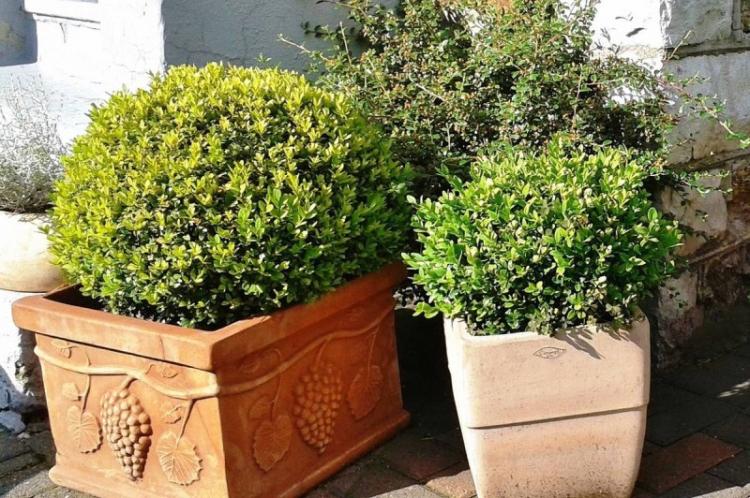
Colchis boxwood
The Colchis buxus is a real relic, which is listed in the Red Book. In their natural environment, shrubs are known that lived up to 600 years and grew more than 15 meters.During this time, the stiff trunk expands to 35 cm in diameter, but the leaves still remain small.
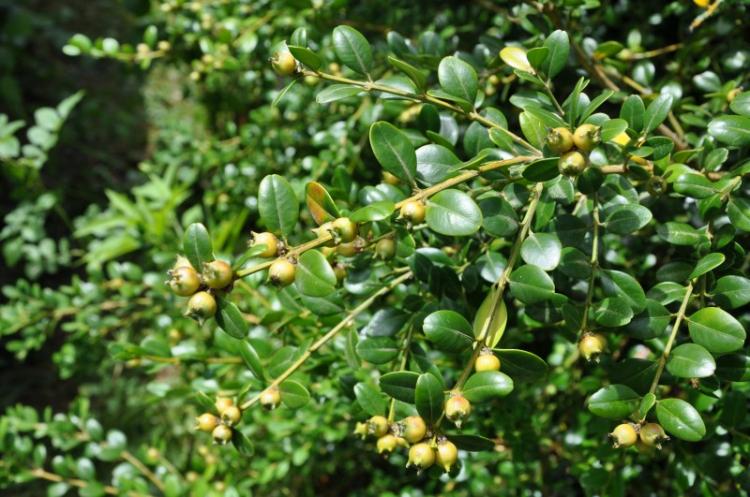
Boxwood Blauer Heinz
The original decorative variety is notable for the bluish tint of the foliage. It is a compact, squat and slow-growing shrub that tolerates winters well in our latitudes. It is often used to create ornate green carpets and to decorate borders.
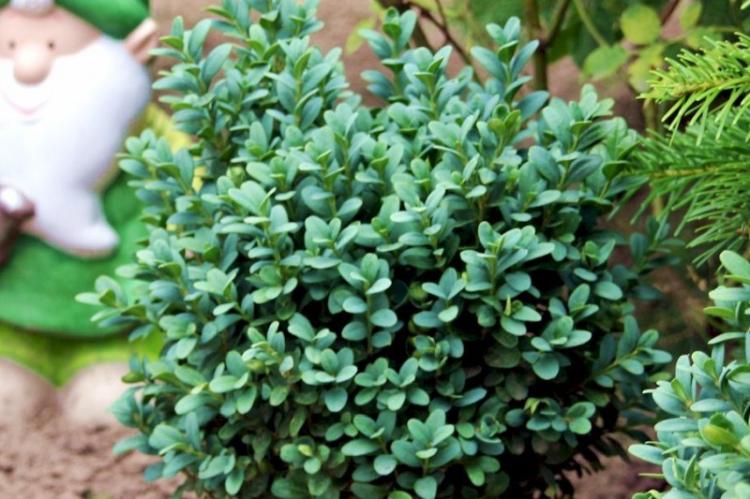
Boxwood Arborescens
The tree-like dense shrub is interesting for its dark and fleshy leaves, which perfectly accumulate moisture. This variety gets along well in shady areas and on well-drained limestone soil.

Boxwood care
The main secret to a healthy and beautiful box tree is proper planting and soil selection. After that, the shrub practically does not cause problems: it is enough to protect it from cold weather, drafts and wind.
Temperature
Boxwood easily tolerates hot summers and high temperatures up to +35 degrees. The main thing under such conditions is diffused light or light partial shade so that burns do not appear on the leaves.
Cold winters are a difficult period for evergreen shrubs, which are not highly resistant to frost. For preparation, at the end of autumn, carry out a strong and abundant deep watering, which will be enough for the entire season. Cover the area around the root system with needles or peat, but not dry leaves that can rot.
Tie the boxwood to the supports and cover it with a cloth as soon as the temperature drops below -10 degrees. This also applies to stem forms and decorative hedges. A special non-woven fabric or even a regular burlap in several layers will do.
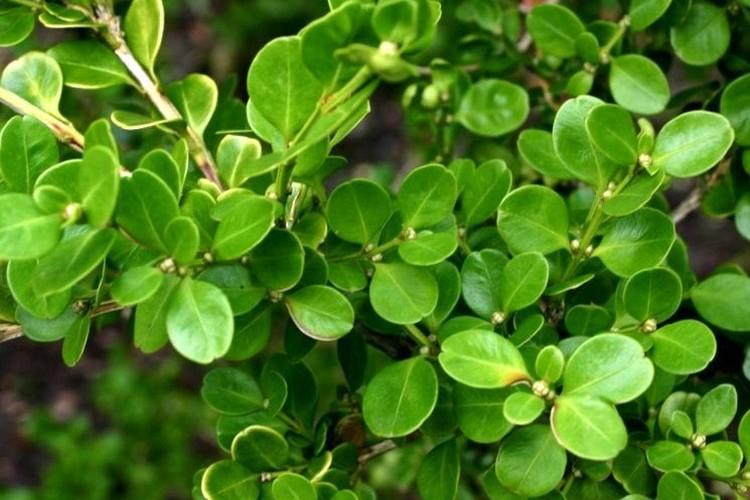
Lighting
Boxwood feels good in almost any conditions: in the shade, under direct sun, with diffused lighting. There are separate varieties for shady regions, and there are southern boxwoods, adapted to the heat and scorching sun.
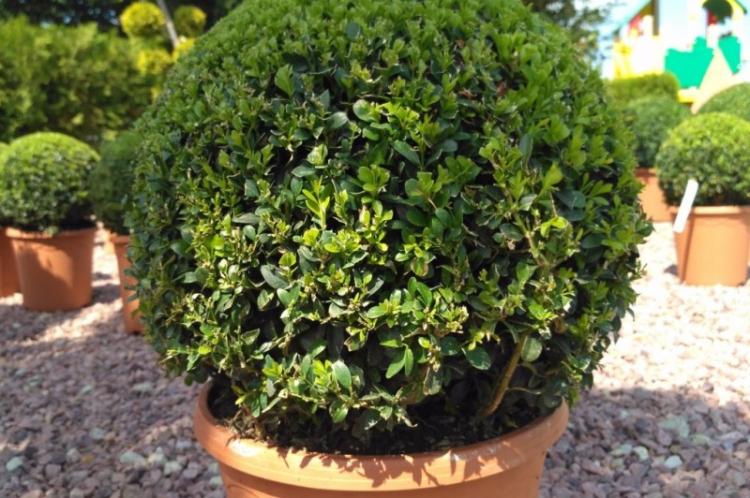
Watering
Usually boxwood in the open field is enough natural watering during precipitation - it easily tolerates even short droughts. But if you grow a shrub in a pot or tub, water it daily, and in the hot summer, also arrange a small shower.
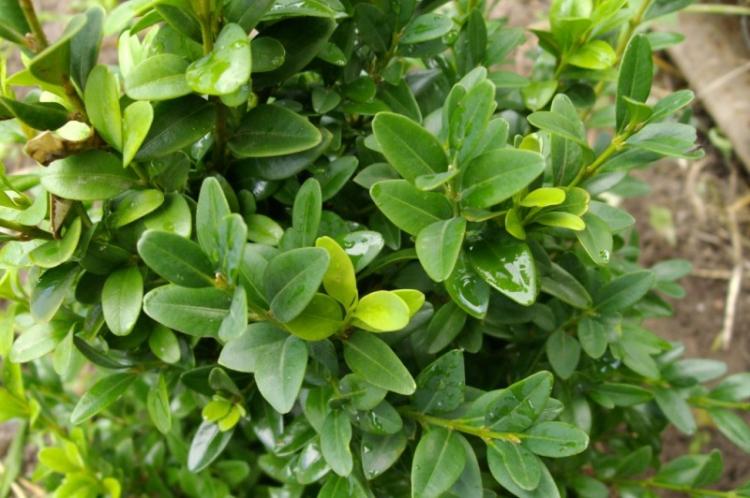
Fertilizers and feeding
Kadochnye varieties require feeding from mid-spring to late summer. In order not to burn the rhizome, use solutions diluted in warm water based on specialized mixtures specifically for boxwood. A common problem is the appearance of red and brown leaves, which indicates a lack of nitrogen.
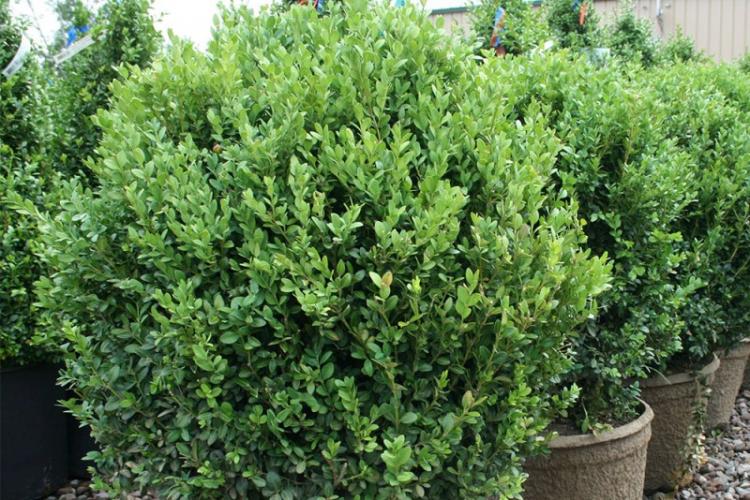
Pruning
Boxwood is a lush shrub that can be molded as you see fit, so it needs pruning on a regular basis. It is best to do it in the middle of spring - it will not do him any harm. On the contrary, boxwood, which is regularly pruned, grows faster, thicker and more luxuriant.
Most often, gardeners form balls and cones from the shrub, which look graceful with neat rounded leaves. The shape does not need to be changed regularly: it is enough to give it once and then maintain it. You can prune boxwood every month, but the more often you do it, the more intensive the watering and feeding should be in order for the plant to restore resources.
Even a neat decorative tree can be molded from boxwood to decorate the site. Cut off completely all the lower shoots and stems, except for the strongest and strongest in the center. Soon, new branches will begin to sprout on it, which can be shaped into a spherical crown.
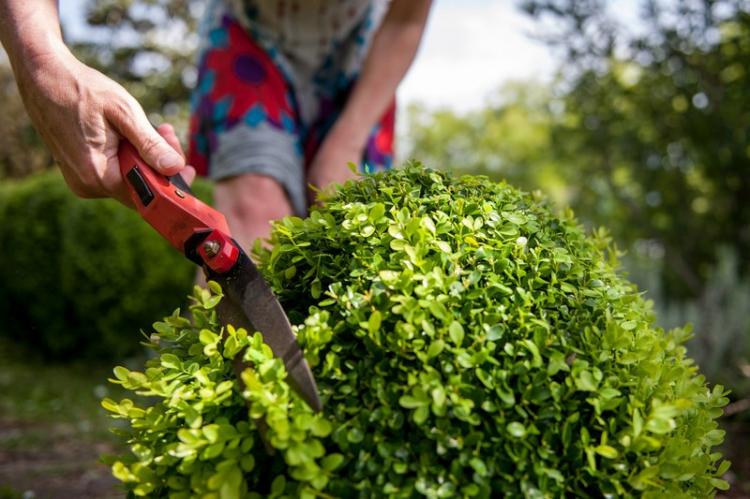
Planting and breeding boxwood
The evergreen shrub is propagated in all classical ways, but not all of them are convenient enough. For example, seeds are more often used by breeders at work than by flower growers at home. It is difficult to handle them, they easily lose their germination capacity, and require special treatment.
Planting material should not be germinated immediately in the ground: only in a damp tissue. Before that, you need to deal with stratification and the introduction of a special growth stimulant. At first, the seedlings remain under the film and need constant feeding and fertilization.
Lush shrubs are easy and convenient to propagate by layering: choose a strong and young shoot from below, tilt it to the ground and fix it. Leave a solid support rod for the top and wait for the seedling to root. It does not require special care: it is enough to water and feed it along with the mother plant.

Layers are good for solid compositions and extended hedges. An alternative breeding method is cuttings, which are carried out in early spring. For planting material, prune thin, but strong, 15 cm shoots that have not yet begun to grow stiff.
Cut off all the leaves from the bottom of the cuttings, treat the cuts with charcoal and leave the sprouts for a day in a stimulator. After that, they can immediately be planted in open loosened soil. The rooting process takes up to 2 months, and during the first year, the seedlings must be carefully sheltered from winter frosts, and, if possible, brought indoors.
It is recommended to transplant boxwood in the spring, and then until the fall it will finally take root and endure wintering better. Adult bushes are transplanted together with an earthen clod - so they quickly adapt to a new place.

Pest and disease control
For all its density and impressiveness, decorative boxwood is practically not susceptible to disease. Popular varieties are distinguished by strong immunity, resistant to pests and almost insensitive to external conditions.
Among the parasites, the most common is gall midge, which uses shrubs to create clutches. The plant weakens, fades and begins to look worse, but this can be avoided. The larvae eat up the leaf plate, develop rapidly and even hibernate right on the bush.
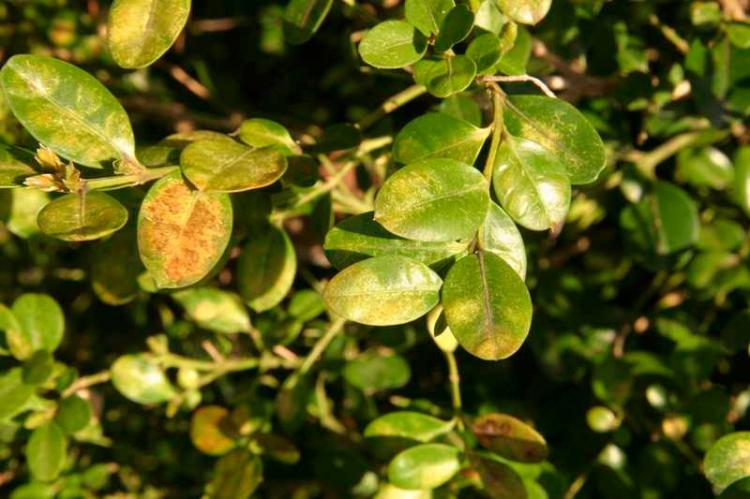
Sometimes on boxwood you can find aphids, ticks and felt, but the principle of dealing with all is the same. Inspect the foliage on both sides regularly and do not forget about preventive insecticide treatments.
Excess moisture leads to rotting of the root system, so keep an eye on watering. Sometimes the leaves of the boxwood become stained, and the shoots begin to die off. This is an indicator of rot or fungal infection, so carefully cut and destroy all damaged fragments, and treat healthy shrubs with fungicides.
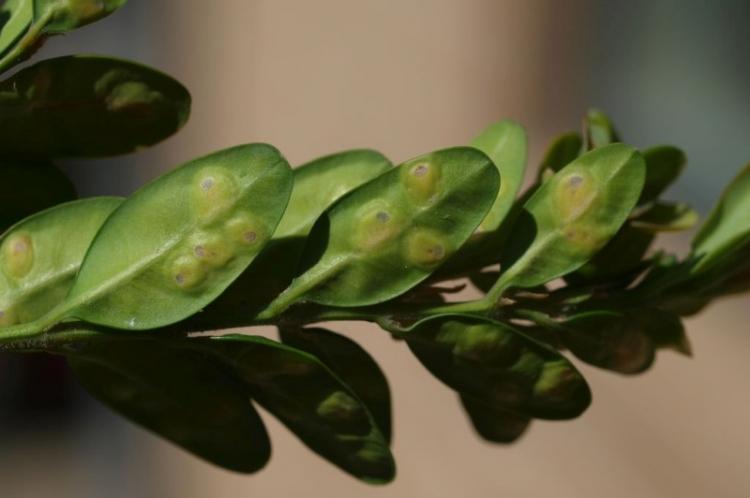
Boxwood - photo
Are you dreaming of a beautiful, healthy and lush green area on a plot or in a house? Especially for you, we have selected these photos with interesting solutions for planting and shaping boxwood. Get inspired!
